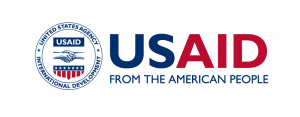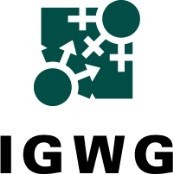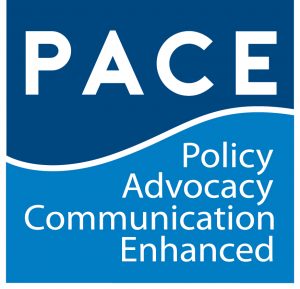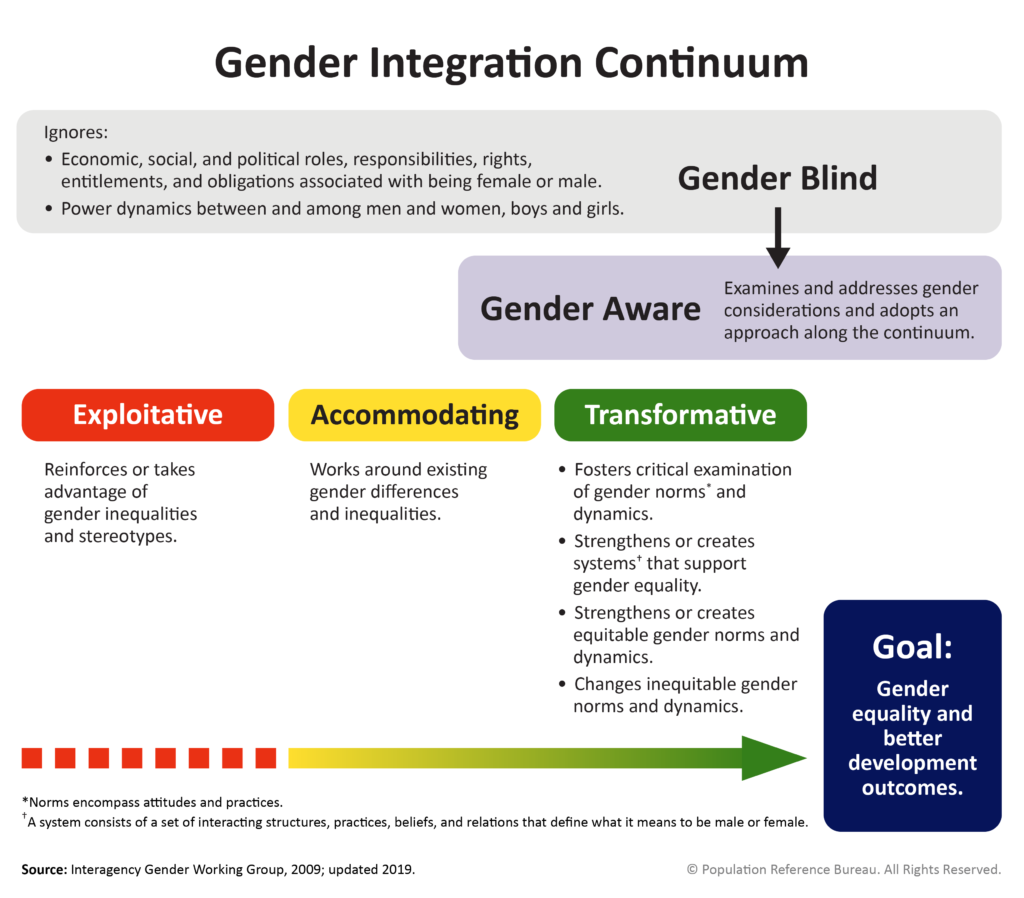Addressing Gender-Based Violence Through Cash Transfer Programming Part II: Supporting Adolescent Girls and Working in Humanitarian Settings
Click here to view a recording of the event.
More money, less violence? This event was the second part in the IGWG’s Gender-Based Violence (GBV) Task Force series on the use of cash transfer approaches to address GBV and other reproductive health outcomes.
Part II of this series delved more deeply into the specifics of cash transfers for addressing GBV. What are the strengths and shortcomings for this type of intervention to reduce GBV? How have cash transfers been incorporated into GBV programs in humanitarian settings? What are the considerations for applying cash transfer interventions to reduce GBV when working with adolescent girls?
Panelists and Presentations
- Berk Özler, “How Can Cash Programming Contribute to Efforts Aiming to Reduce GBV?” Slides pending publication; click here for his current publications related to cash transfers.
- Kathryn Falb, “Cash Transfers and GBV in Humanitarian Emergencies.” Slides pending publication; findings from the full study will be available on the What Works to Prevent Violence website in Spring 2019.
- Karen Austrian, Population Council, “Testing the Effects of Cash v. Cash Plus Empowerment Programs for Young Adolescent Girls in Kenya: Midline Evaluation Results from the Adolescent Girls Initiative―Kenya.”
- Plus, a special lightning talk from Tenzin Manell, Women’s Refugee Commission, presenting the Toolkit for Optimizing Cash-based Interventions for Protection from Gender-based Violence.
This event built on Part I, held on September 17. That event introduced cash transfer approaches, highlighted some of the evidence around the effectiveness of cash transfers for addressing GBV, and sparked a discussion of the pathways through which cash transfer programming can affect violence-related outcomes. More information from that event is here.





